Green infrastructure is not just about transforming spaces; it's about transforming lives and communities. By integrating nature into urban planning, we can create healthier, happier, and more resilient cities. The future of urban greening is bright, and with continued innovation and commitment, we can ensure a sustainable future for all.
The Power of Nature-Based Solutions in Building Climate Resilient Streets
In the face of a rapidly changing climate, urban planners and environmentalists are turning to innovative strategies to ensure our cities remain livable, sustainable, and resilient. One of the most promising approaches emerging from this intersection of urban planning and environmental science is the integration of Nature-Based Solutions (NbS) into the design and structure of our streets. But what makes NbS so powerful, and how can they transform our urban landscapes into climate-resilient havens?
What is Biodiversity Net Gain?
Biodiversity Net Gain (BNG) is an innovative approach to conservation and development, aiming to leave nature in a better state than before any development activity. At its core, BNG ensures that when habitats are adversely affected, greater benefits for biodiversity are delivered in compensation. This not only safeguards our delicate ecosystems but fosters a harmonious balance between progress and preservation. As urban landscapes continue to expand, embracing BNG becomes crucial for a sustainable future, where both humanity and nature thrive side by side.
Green Infrastructure: Creating Sustainable and Resilient Urban Environments
Discover the transformative world of green infrastructure planning with Meristem Design. From stunning living walls to innovative rain gardens and biodiverse green roofs, our projects showcase the power of nature-based solutions in enhancing urban spaces. Explore the benefits of biophilic design, the magic of rain garden SuDS planters, and the allure of parklets that invigorate public spaces.
The Power of Urban Greening in Combating Air Pollution
Air pollution is rapidly emerging as a critical environmental health issue, prompting the public to become more aware of its dangers. Discover how urban greening, including parklets, greenery, and plants, can contribute to improving London's air quality. Explore the benefits of trees, living walls, and rain gardens, and learn about the role of biophilia and green infrastructure in creating a healthier and more sustainable city.
What is the Urban Greening Factor? (UGF)
The Urban Greening Factor (UGF) originates from Berlin and has been adapted and adopted in several European and North American cities. A planning policy tool evaluates the quantity and quality of urban greening provided by a development proposal [6]. The UGF aims to accelerate the greening of urban areas and ensures well planned and high-quality interventions that add to a multi-functional green infrastructure network. This policy means green infrastructure is considered at the start of the design and planning process for new developments and buildings[7]. The UGF is set out in Policy G5 of the New London Plan and provides a simple way for Local Planning Authorities to score green infrastructure interventions[8].
How can green infrastructure improve air quality in urban areas?
Green infrastructure can be defined as the natural vegetative systems and green technologies that collectively provide the community with a multitude of environmental, economic, health, and social benefits. This includes: Rain gardens, SuDS, Bioswales, Green roofs, green walls, Urban forests and woodlots.
Why you should invest in a Green Roof
Green roofs or also commonly known as living roofs, are becoming more and more popular in the urban environment. This is due to their economic and environmental benefits, as well as the added bonus of creating a garden space for properties with little outdoor area. Land is a valuable asset in cities and is commonly utilised to its maximum capacity.
How Planters Can Transform Any High Street
A series of strategically positioned planters can be used to divide spaces, create walkways and control traffic flow. Planters can be installed in a wide range of locations, to bring vibrancy and life to dull spaces.
Custom made planters can also be used to generate and define appealing customer spaces for businesses which is a simple way to introduce greenery to any landscape.
Are SuDS the solution to our urban flooding problem?
It is hard to ignore the signs. Extreme weather events are becoming more frequent and are having a greater impact on our lives. Storms Dudley, Eunice and Franklin in February 2022 caused devastation to communities across the UK. As a result of the extreme weather conditions, London was issued with a rare ‘Red Weather Warning’ by the Met office, and people were told to prepare for potential flooding[1].
As increasing numbers of people move to urban areas combined with the widespread use of impermeable surfaces such as concrete for pavements, driveways, and roads; as well as a lack of greenery and vegetation, communities are more vulnerable to flooding. Almost a quarter of London constitutes gardens, but this is disappearing under paving slabs, decking and concrete. We are losing gardens at the rate of an area two and a half times the size of Hyde Park every year[2]. This is not sustainable and exacerbates flooding.
So what can we do to make our towns and cities better protected from flooding? SuDS are one solution.














